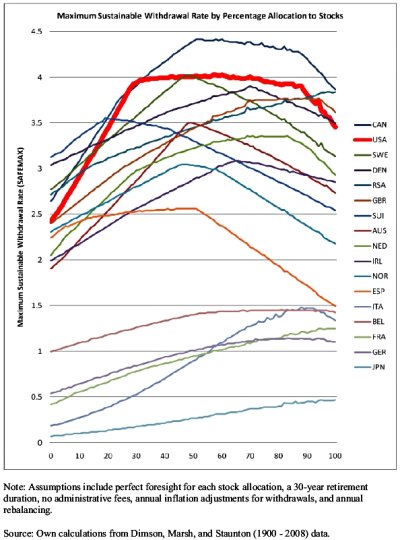RunningBum
Give me a museum and I'll fill it. (Picasso) Give me a forum ...
- Joined
- Jun 18, 2007
- Messages
- 13,236
2% would get you $726.Sounds reasonable. What is it if you are getting more like the 2% you would be able to get if corporates are at 3.69% YTM? And if we want to get to fine details then we need to know how much below the "Ask" price the holder got when he sold his low coupon bond.
Maybe all the other stuff you mentioned brings it down to a wash, which is a considerably different story than what you and your bond friends were saying early.
Still not seeing a good, valid argument against bond funds unless you count "feeling safer" to get 100% back at redemption even at the expense of lower interest payments. I don't.
In fact, redemption brings up another plus for a bond fund. I can hang onto it indefinitely. If I buy an individual bond and hold it, eventually I'm forced into taking a redemption, whether I want it then or not.

